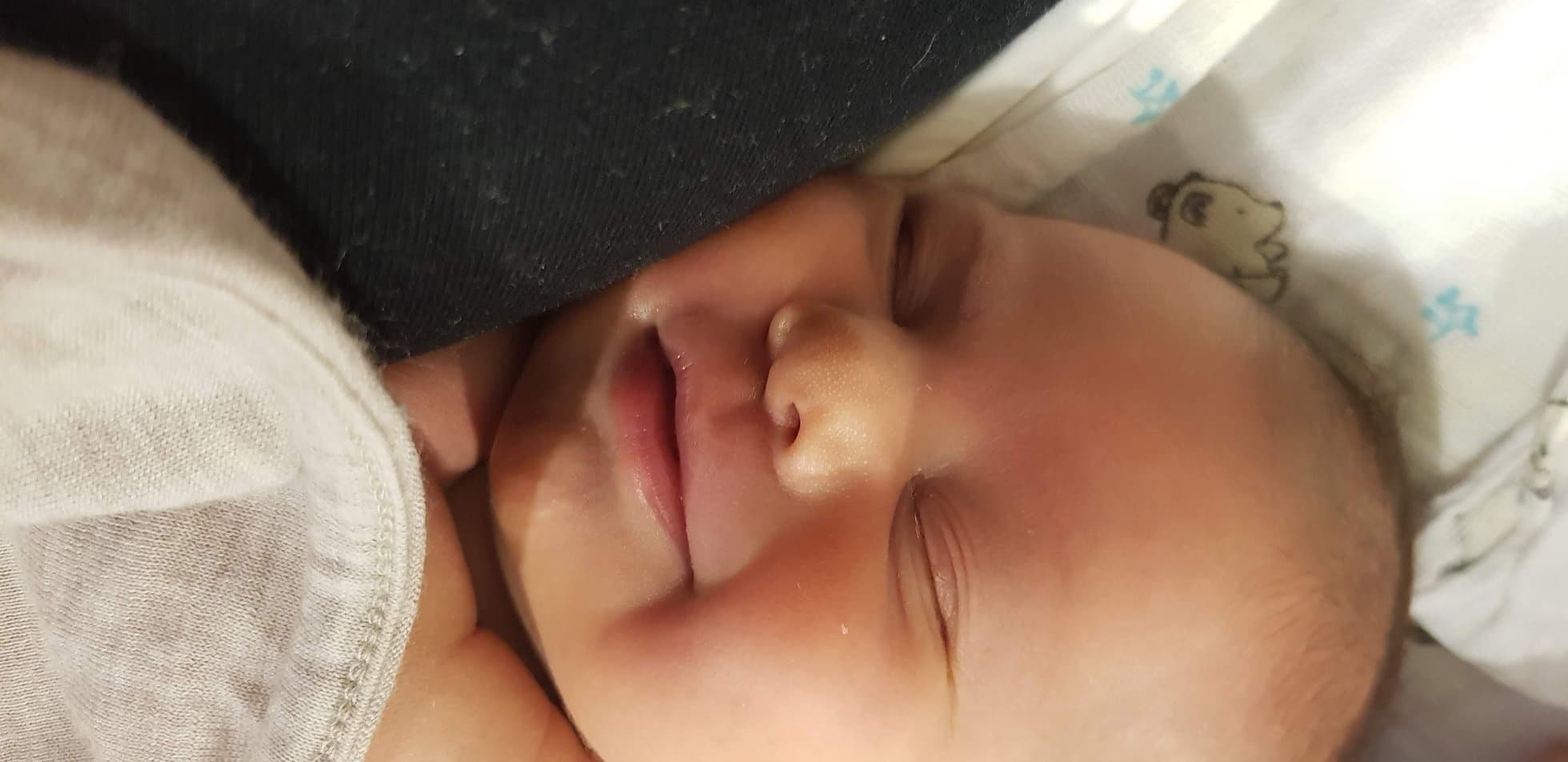
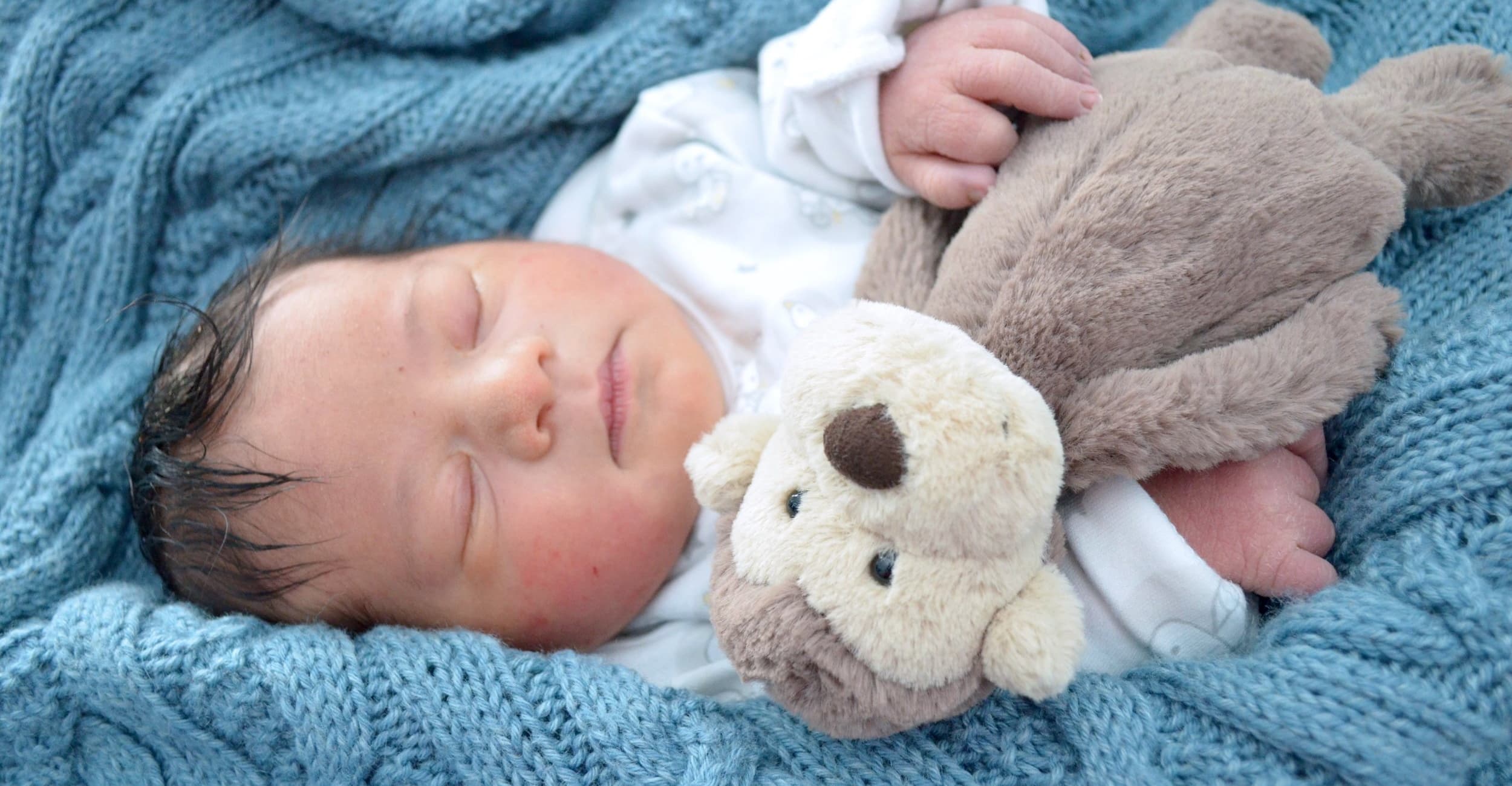
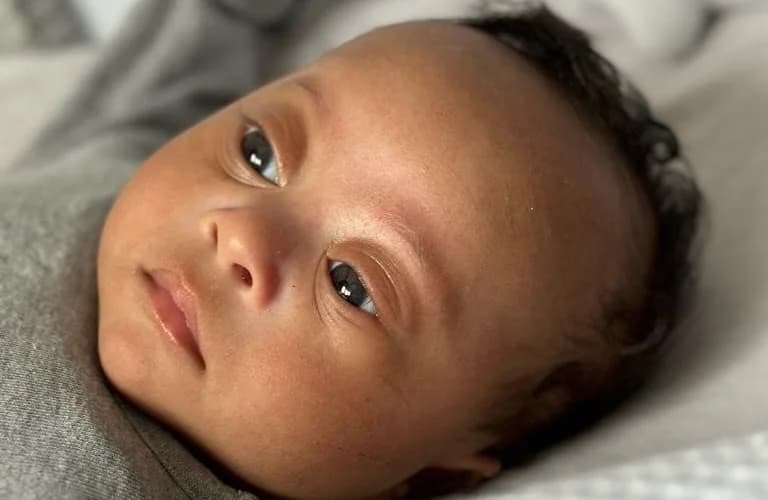
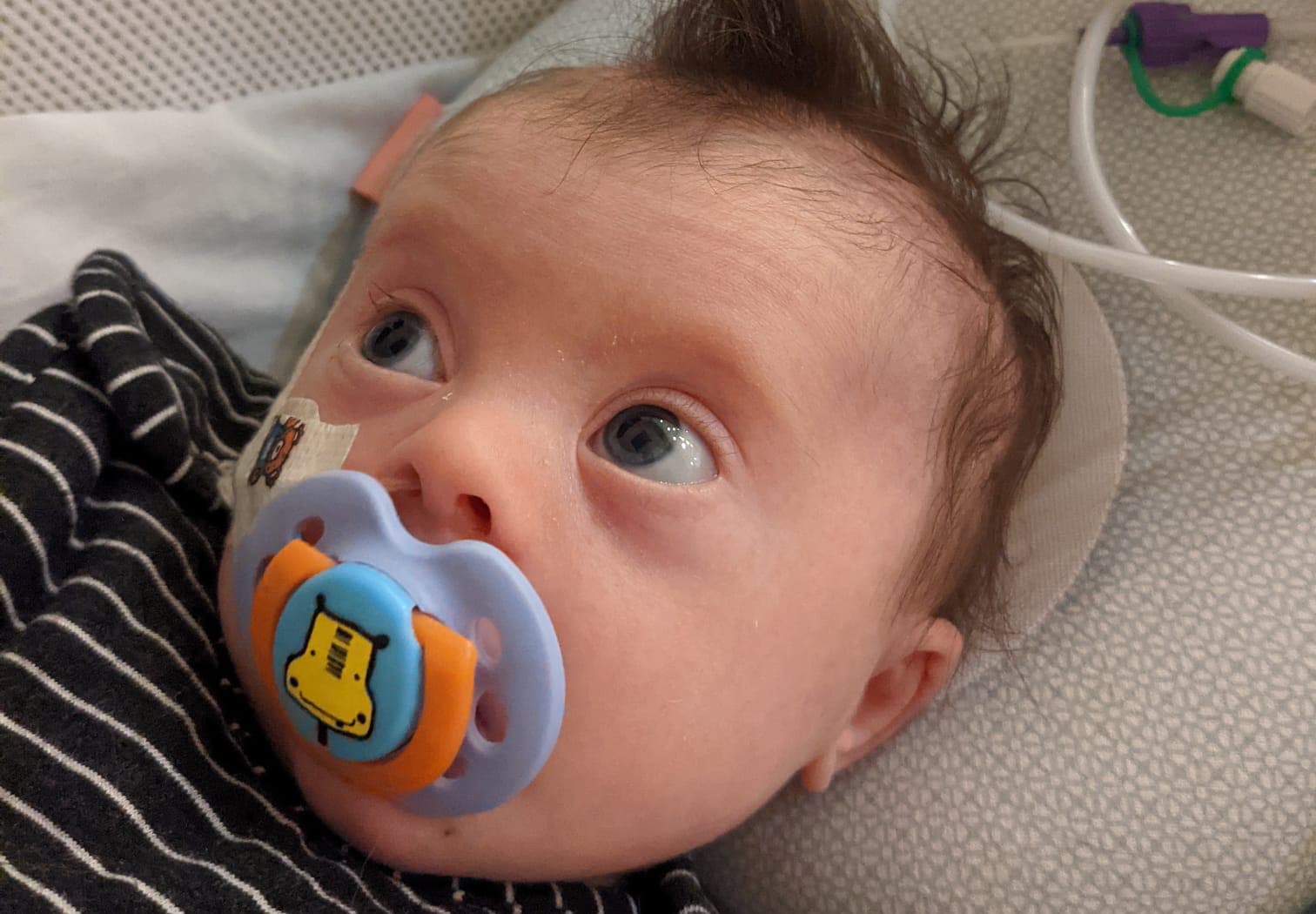
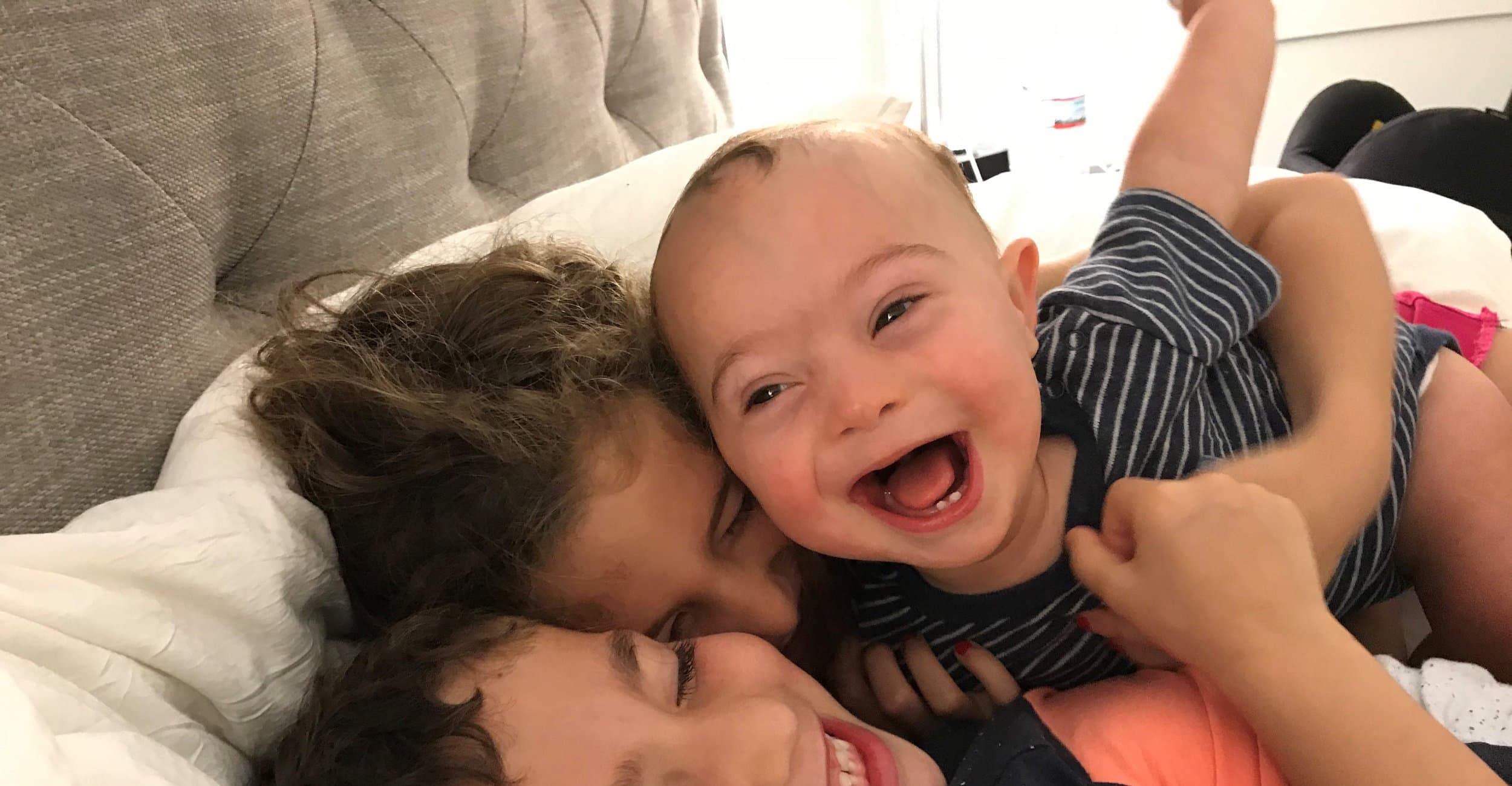
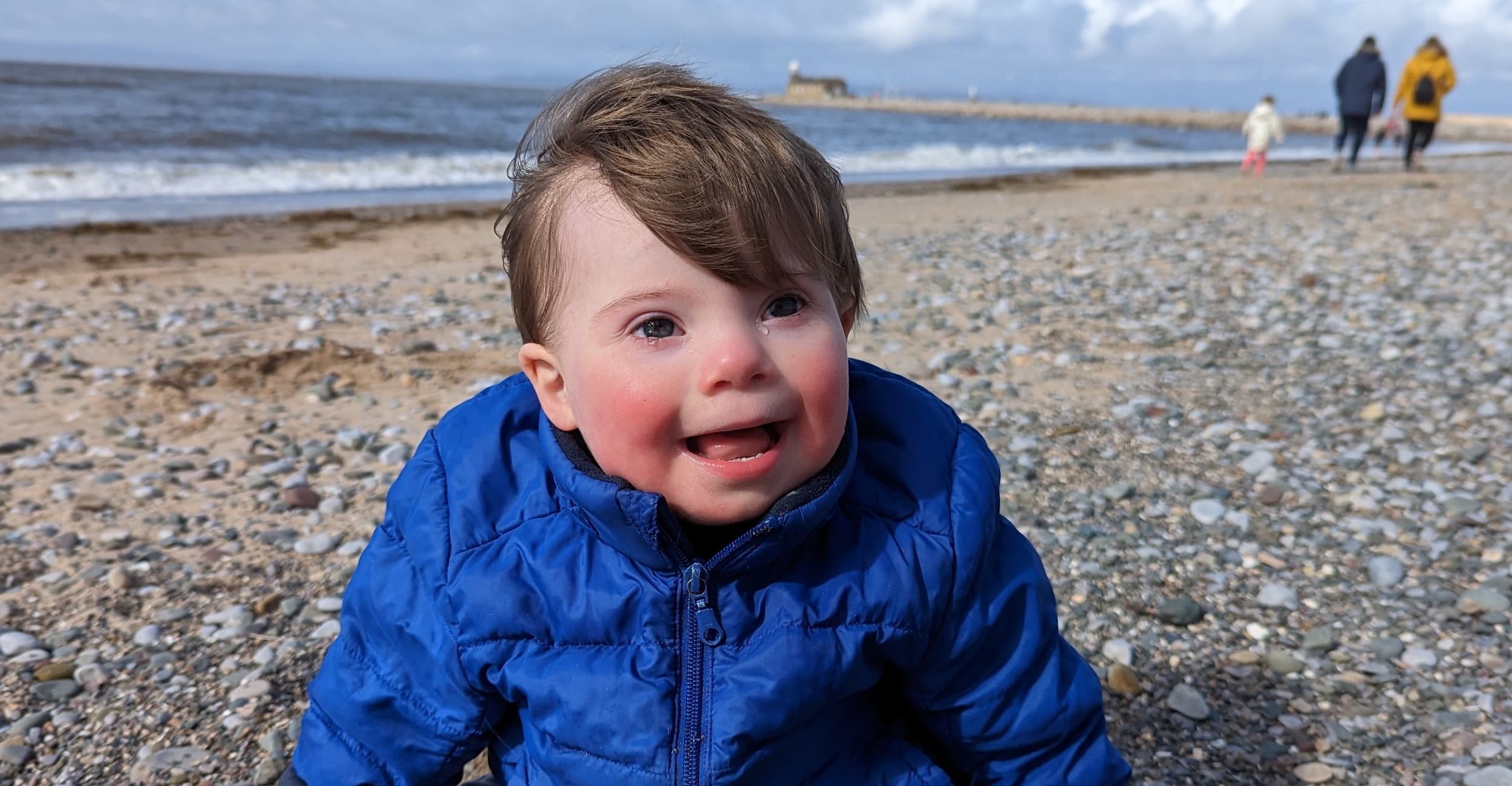


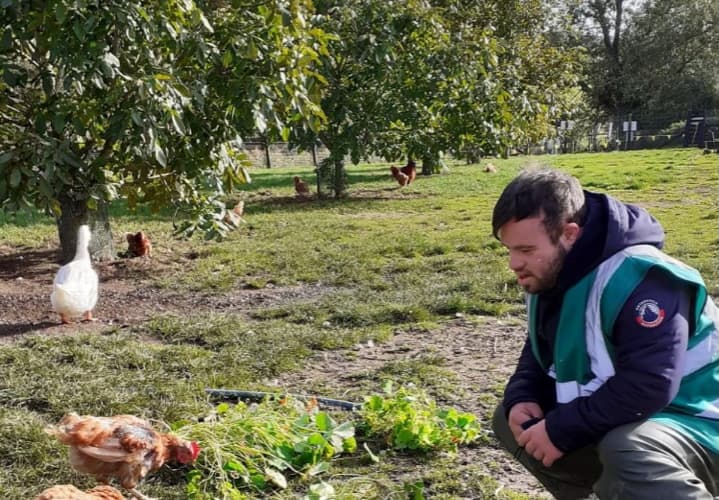
Down Syndrome Integrated Care Pathway
Supporting families and professionals with comprehensive resources, guidance, and care coordination for individuals with Down Syndrome
Welcome to BUDDS
BUDDS provides clear, practical information to support individuals with Down Syndrome (DS) and those involved in their care. Our goal is to help families and professionals across health, education, and social care navigate local services and resources in Barnet.
What to Expect
Navigate your Down Syndrome journey with confidence. Our comprehensive guide takes you through each life stage, from birth to adulthood, providing essential information about what to expect and when.
Knowledge Hub
Access expert resources and professional guidance from healthcare specialists. Our Knowledge Hub brings together medical expertise, therapeutic services, and administrative guidance all in one place.